
People and Organisations.
There are no buildings without people and institutions. Many people and organisations are involved in shaping the modern built heritage of Singapore. Besides architects and designers, there are other individuals like builders, engineers, clients, patrons, writers, publicists, and advocates. Individuals often belong to different types of organisations. These organisations—both public and private—are key to the construction and destruction, maintenance and neglect of our modern built heritage. In this page, we celebrate those who have played important constructive roles in the past.
Do you see any significant individual(s) or organisation(s) missing from this list? Please let us know here.
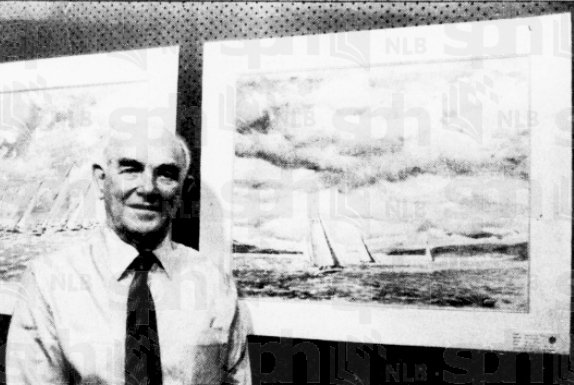
James W Ferrie
James W. Ferrie (1917-1993) was an architect in Singapore active from the late 1940s through the 1980s. Born in Glasgow, Scotland, Ferrie studied at the Mackintosh School of Architecture of the Glasgow School of Art. During the second world war, Ferrie served in the Burma campaign as a Lieutenant in the Royal Engineers, 2nd Division.
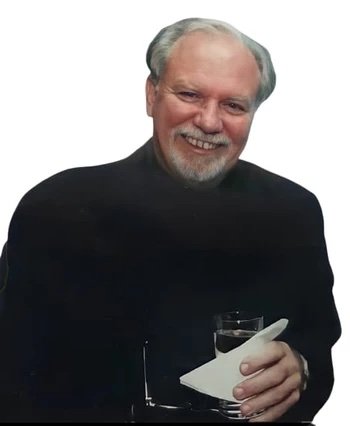
Geoffrey T. Malone
Based in Singapore since 1981, Malone is probably best known for designing the neon-lit, futuristic-looking Yishun 10, Singapore’s first purpose-built multiplex that officially opened in 1992. Malone was probably given the job by Golden Village Entertainment because he already had a reputation as an “architect of new pleasure domes” in the late-1980s.

Women in Architecture and Planning in Singapore
Women had participated in the architectural, engineering, and construction fields before the Second World War though records are scarce.
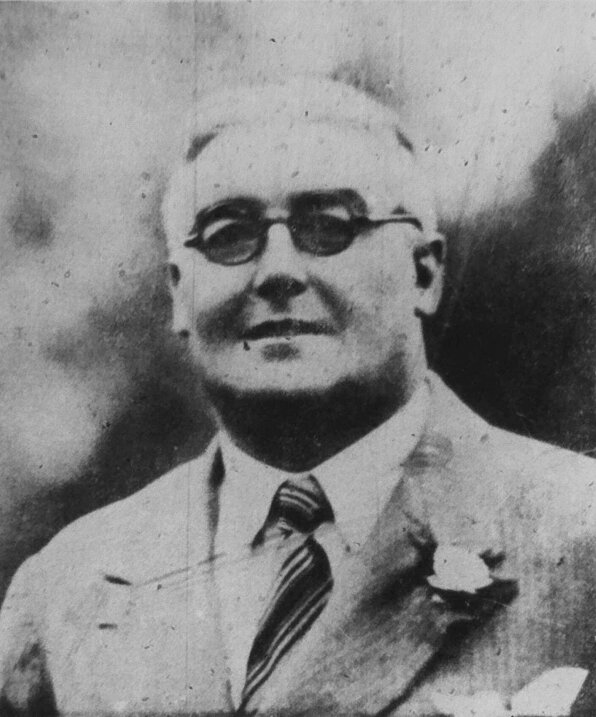
Frank Wilmin Brewer
Frank Wilmin Brewer (1886-1971) was a British architect who was versatile and fluent in a variety of contemporary styles, prolifically designing houses, schools, and commercial buildings over his roughly thirty-five years career in Singapore.
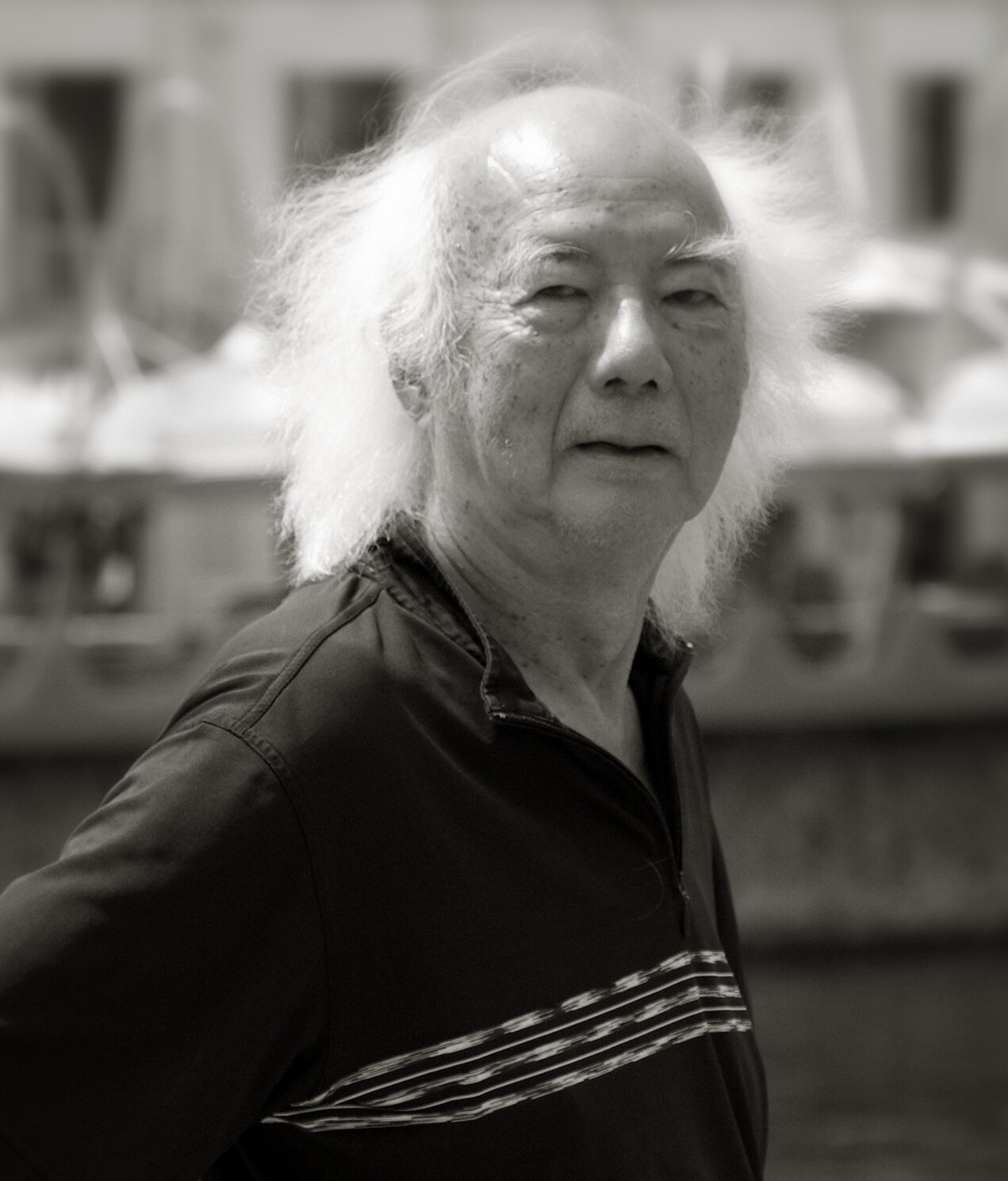
William S. W. Lim
In a long and successful career of William Lim Siew that spans more than four decades, beginning at around the time when Singapore attained self-government, Lim’s journey could be said to mirror the post-independence architectural history of Singapore.
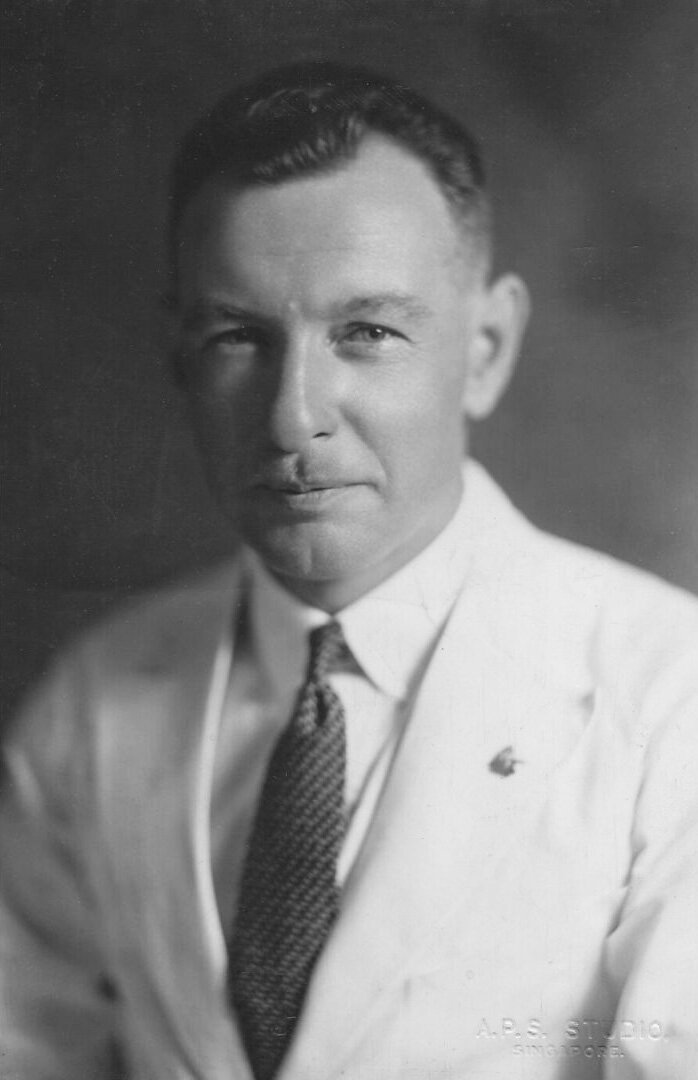
James Milner Fraser
James Milner Fraser (1905-1978) was an architect who was significant in the planning and development of Singapore’s early public housing estates under the Singapore Improvement Trust (SIT).
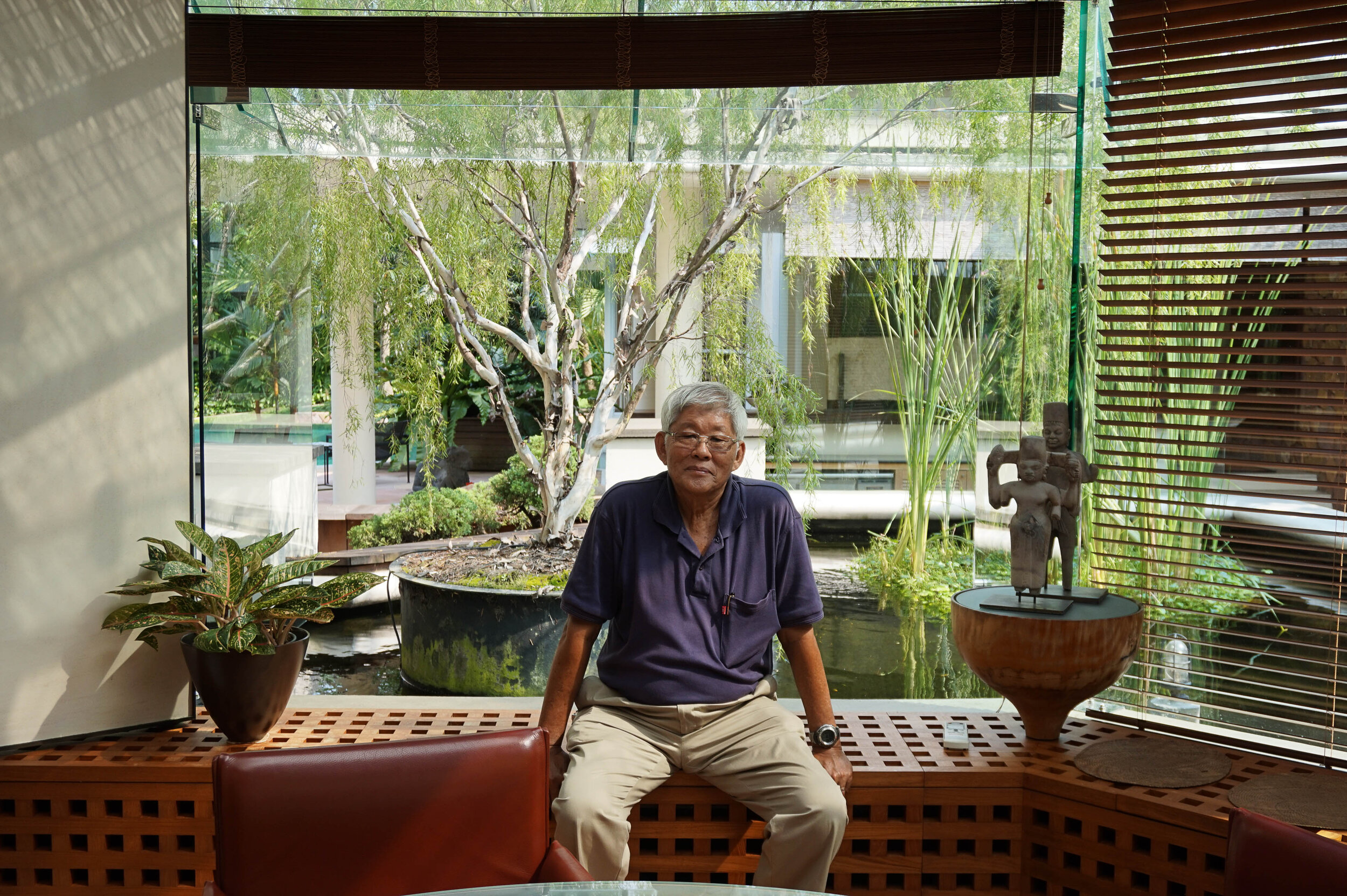
Tay Kheng Soon
The best illustration of Tay’s selective embrace of Eurocentric modernity is his design for the Tropical House at King Albert Park. Completed in 1994, the house is considered a culmination of Tay’s long quest for an architectural aesthetics of the tropics, following decades of experimentation with different formal languages in his previous work.
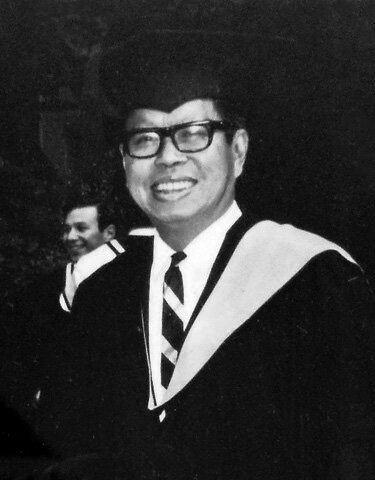
Eu Jin Seow
Dr. Eu Jin Seow was a pioneer architect and architectural historian of Singapore.
As with almost all pioneer architects who studied overseas, Seow came from a prominent family. His mother Tan Poh Li was Tan Tock Seng’s great-great granddaughter, and his father Seow Poh Leng was the General Manager of Ho Hong Bank, which later merged with two other banks to become Overseas-Chinese Banking Corporation.

Ng Keng Siang
Ng Keng Siang (1908–1967) was the most prominent of Singapore’s first generation of locally born, university educated architects. He ran an extremely successful practice, and had a career spanning pre- and post-war periods.
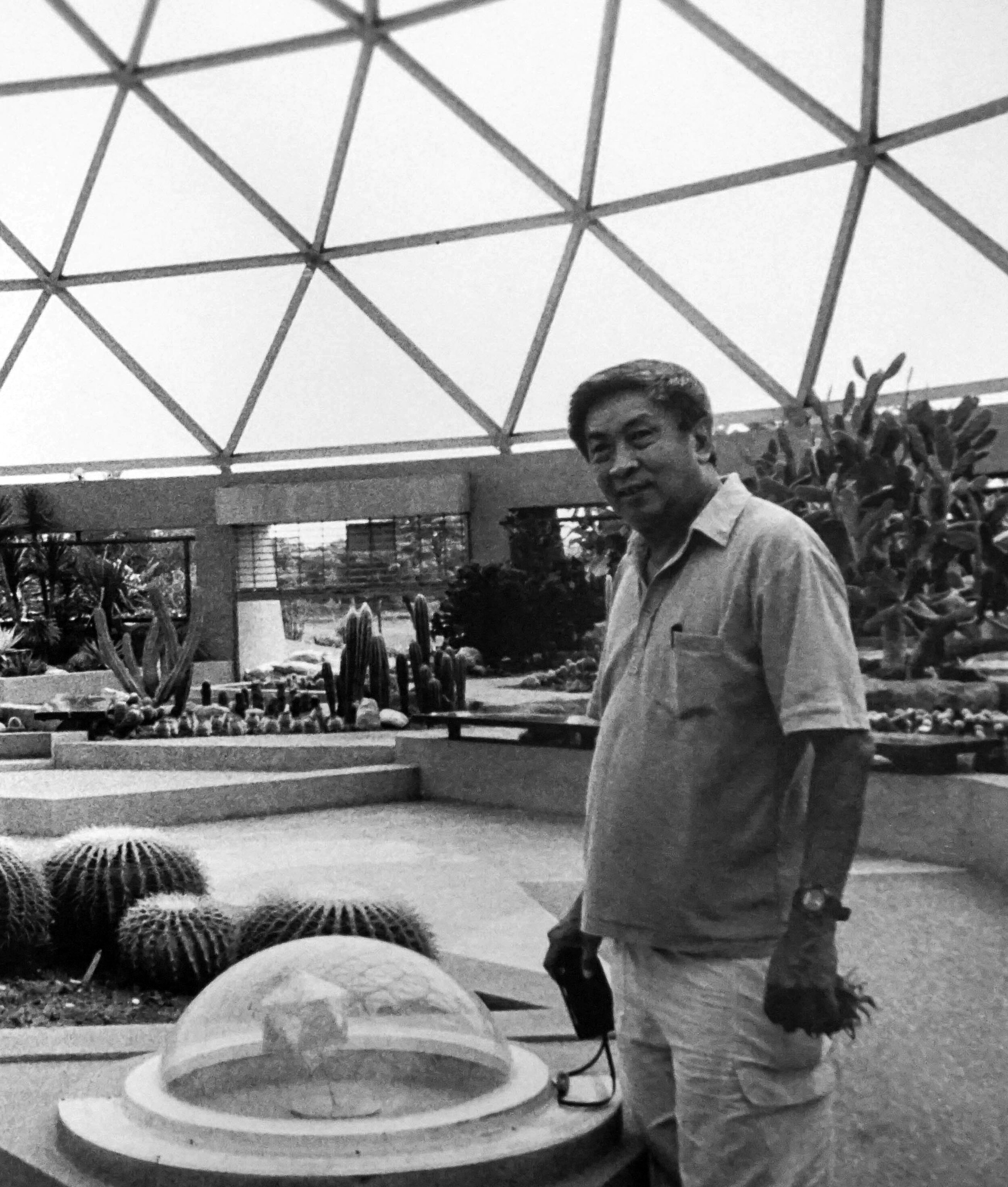
Lim Chong Keat
Datuk Seri Lim Chong Keat (1930– ) is regarded as one of the most important architects of Singapore and Malaysia. His firms produced seminal architecture of the post-independence period, including the Singapore Conference Hall, the Malaysia Singapore Airlines Building (Singapore), and the Negeri Sembilan State Mosque (Seremban).

Ho Kwong Yew
Ho Kwong Yew (1903–1942) was the first local-born Asian to become a registered architect in Singapore. He passed the first professional examination conducted by the Board of Architects when the Architect’s Ordinance was introduced in 1927.
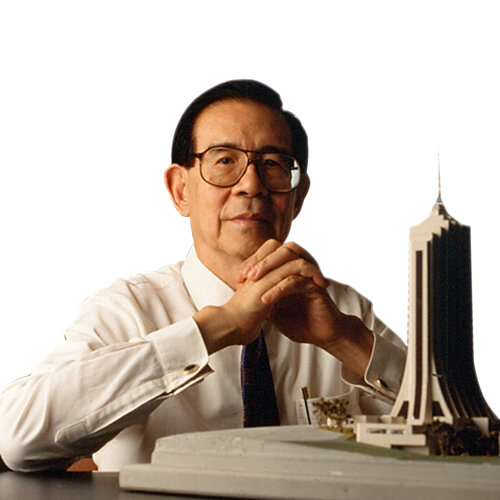
Alfred Wong Hong Kwok
Alfred Wong (1930– ) belongs to the first generation of post-war overseas educated local architects. His practice, Alfred Wong Partnership, spans five decades, traversing Singapore’s key political milestones from the late colonial period to merger with Malaysia to post-independence.

